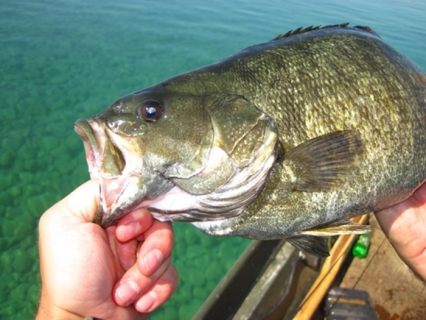Although trout will eat terrestrial insects during much of the fishing season, summer marks the peak of terrestrial insect activity, which means trout are feeding heavily on land-based insects.
From grasshoppers to ants, trout will readily hit terrestrial insect imitations during the summer months, offering a fun and productive opportunity for fly anglers.
Here are five tips on how you can catch more trout with terrestrials this summer.
RELATED: 6 Tips for New Fly Fishermen
Float or Sink
Most terrestrial imitations are tied as floating flies. While floating terrestrials are very effective, do not overlook sinking terrestrials.
Try an experiment of throwing a land-based insect into a trout stream. Often, that insect initially sinks when it hits the water. For this reason, sinking terrestrials can also work well, especially if traditional floating flies do not seem to be working.
Best Times
Terrestrial insects tend to have their peak activity during the low-light hours of morning and evening. These are also the best times to fish with terrestrials. One exception is the grasshopper, which is often most active during the day.
Windy days are also very good times to fish with terrestrials, because many land-based insects will be blown into the water and trout will be on the lookout for these high-calorie meals.
RELATED: All-Time Great Fly Fishing Tips for Largemouth Bass
Stream Zones
The traditional tactic when fishing terrestrials is to work the edges of the stream, the most likely areas terrestrial insects will fall into the water. While this is an effective tactic, anglers should make sure to cover the entire stream.
While it is true that land-based insects usually fall into the stream near the edges, once they are in the water they will be pulled to different areas of the stream. For this reason it is important to work the stream just as you would with an aquatic insect imitation, fishing the closest water first and gradually working your way toward the opposite bank, until you have covered the entire stream section.
Drift
If you go back to the experiment of throwing a terrestrial insect into the water, you will notice that when land-based insects hit the water, they do not make much movement. This is proof that a dead drift is the best way to fish a terrestrial.
Of course, it does not hurt to add a subtle twitch to your terrestrial as it drifts along, but do not make any significant movements that look unnatural. This is more likely to scare the trout away, rather than entice a strike.
RELATED: Top 10 Trout Flies Every Angler Should Know
Match the Hatch
Just as you would with aquatic insects, it is important to fish with a terrestrial imitation that resembles the insects that are currently available to the trout.
The best tactic is to search along the shore to see if you can spot any beetles, grasshoppers or other insects. If you see an insect that is noticeably prolific, fish an imitation that resembles the shape and size of that insect.
Fish gallery
-
Fishing Files
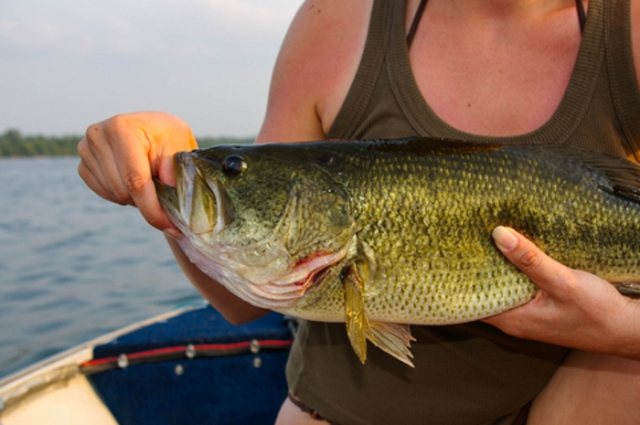
-
Striped Bass
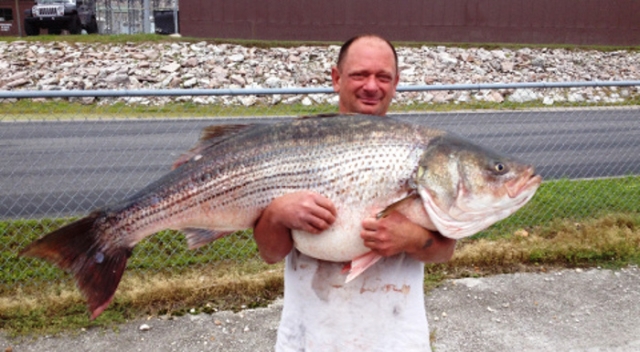
-
Fishing Files
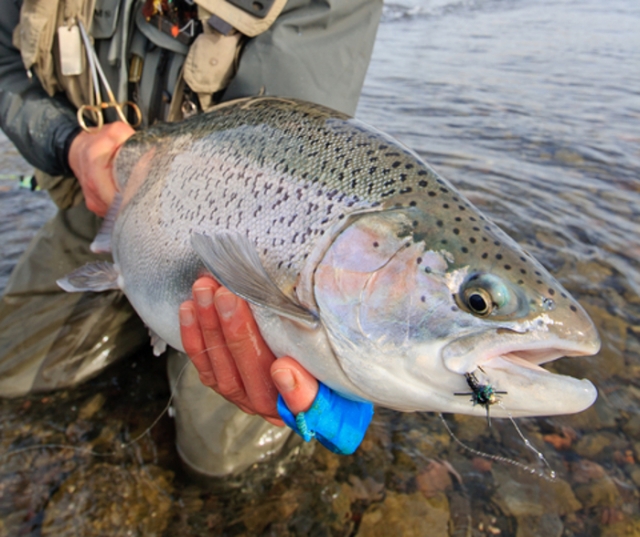
-
Smallmouth Bass
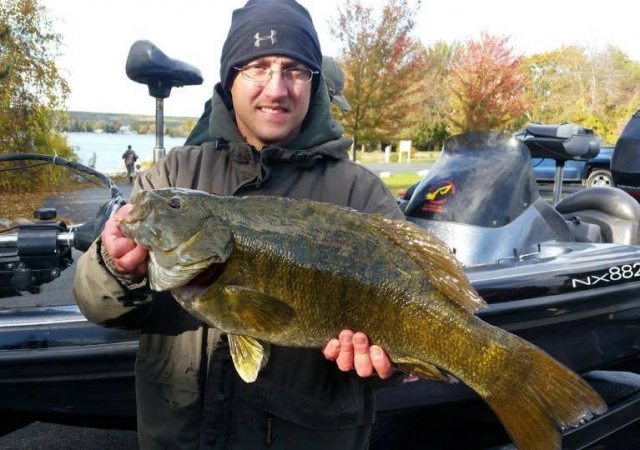
-
Fishing Files
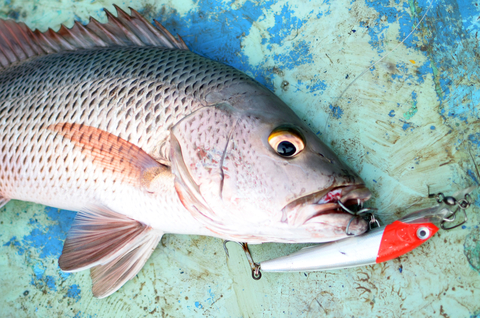
-
Fishing Files
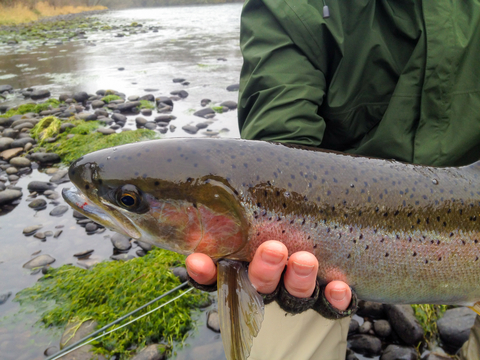
-
Largemouth Bass
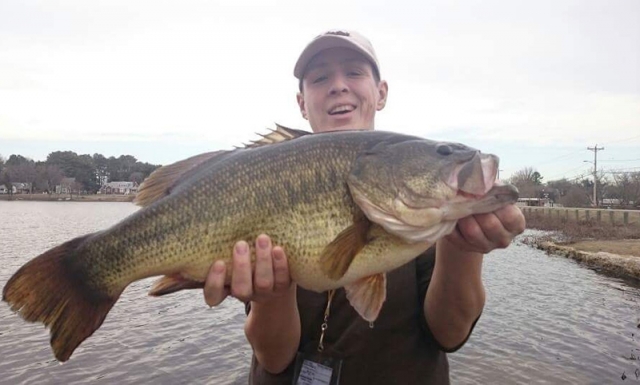
-
Fish fail in Russia
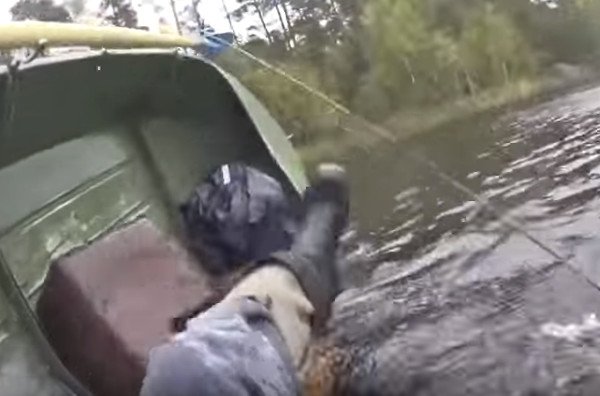
-
Bait fish
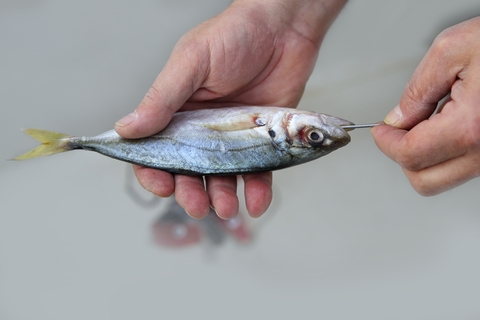
-
Fishing the weeds

-
Fishing Waders
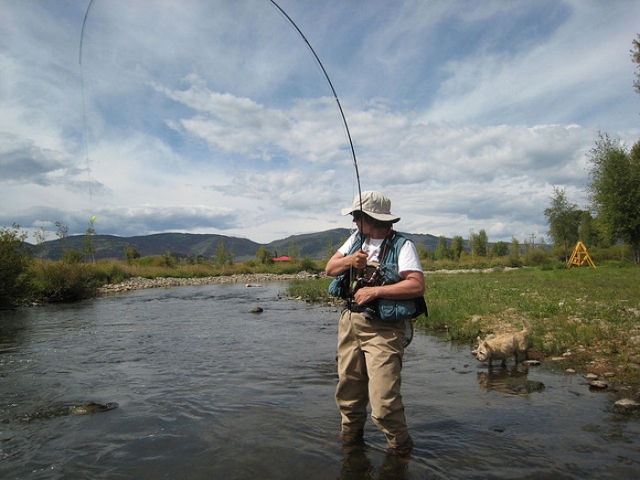
-
Old Man Fishing
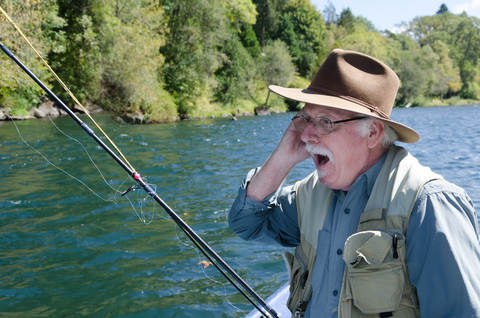
-
Fishing

-
City Fishing
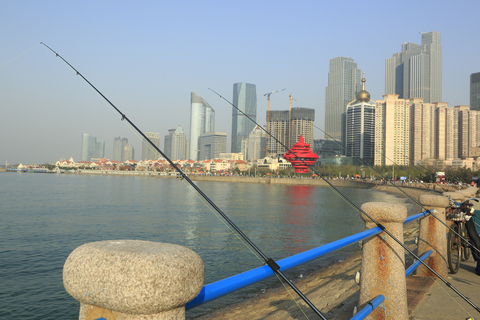
-
Fishing the cold
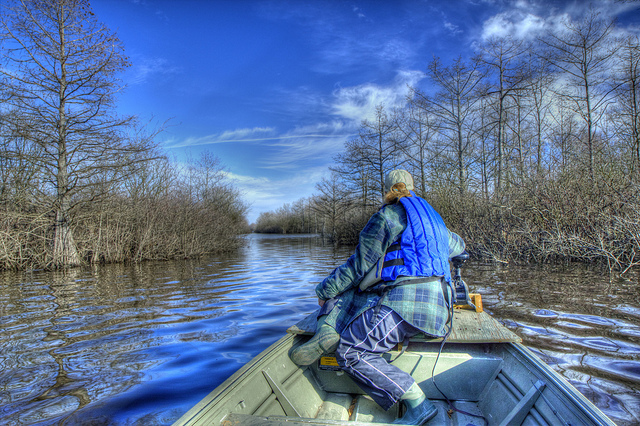
-
Fishing sunset
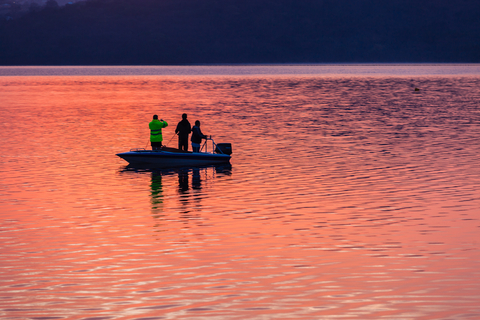
-
Bank fishing
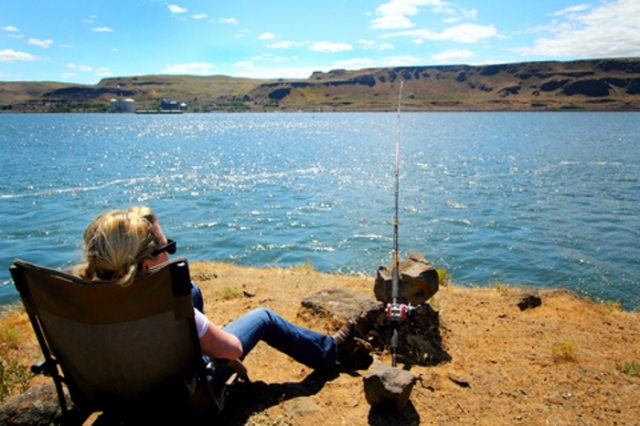
-
Day glow fishing boat
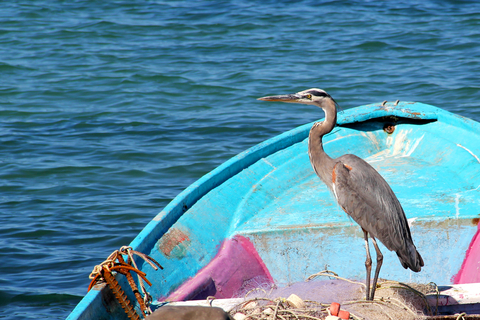
-
Fishing Pro

-
Fishing

-
Fly fishing

-
Fishing Files

-
Fishing Files
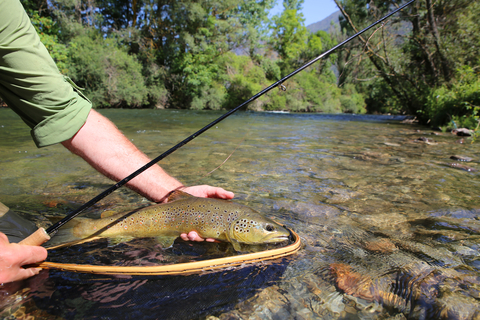
-
Fly reel
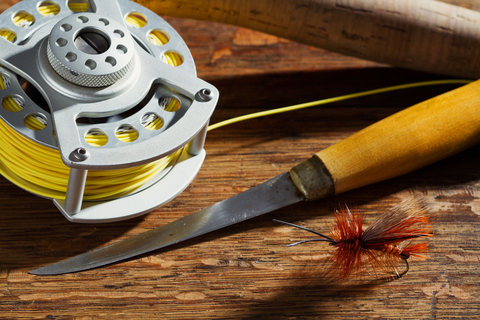
-
Gar Fish

-
Golden Trout
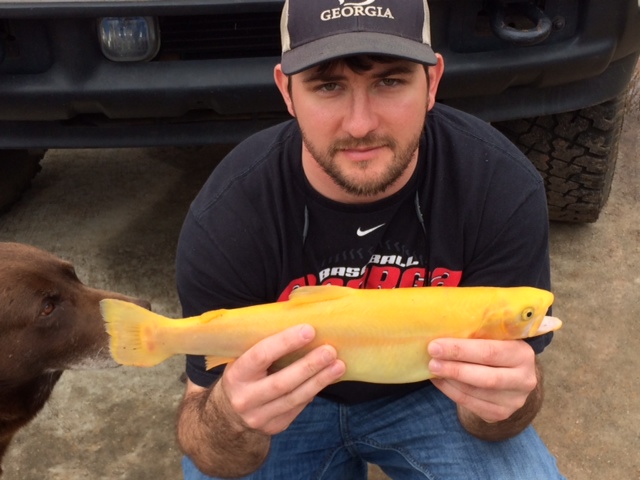
-
Ice Auger
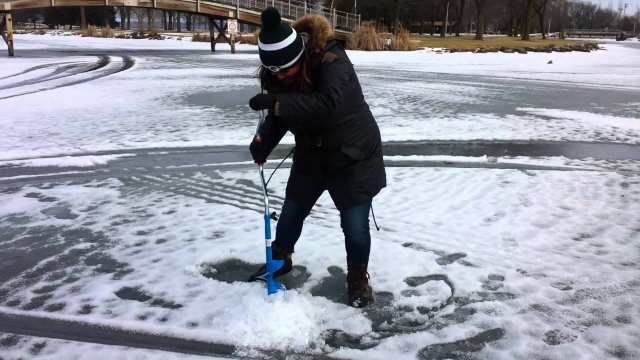
-
Ice Fishing
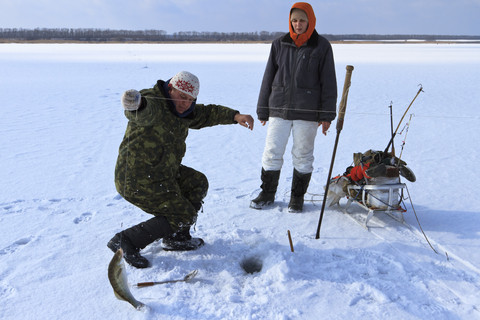
-
Halibut
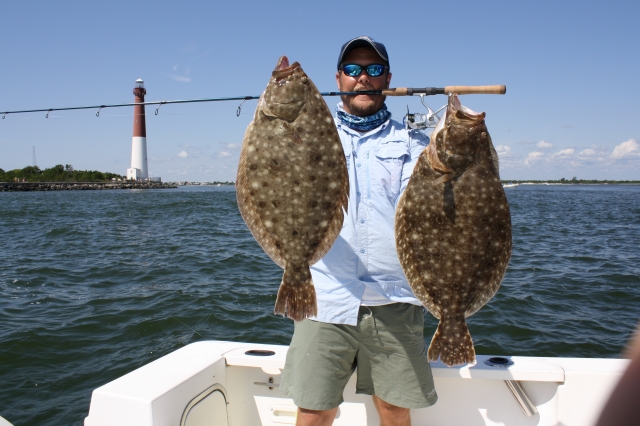
-
Bass Fish
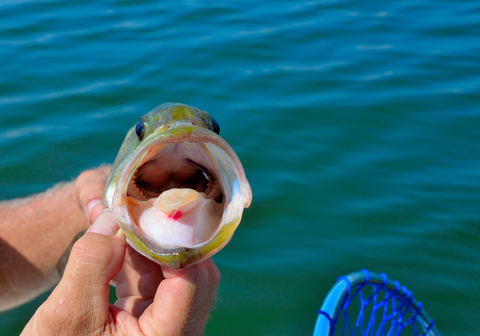
-
Lobster Dog

-
Marlin Fishing
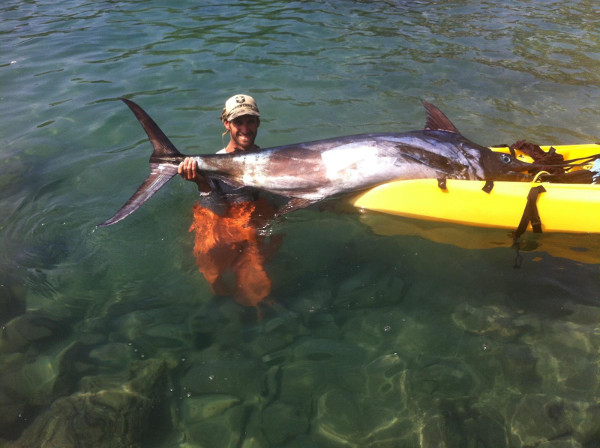
-
Muskie
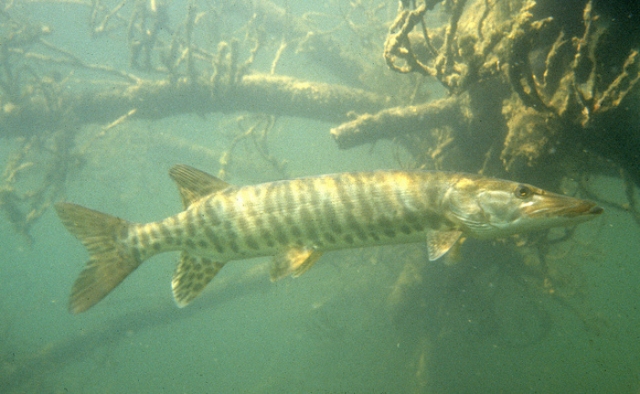
-
Fishing Files
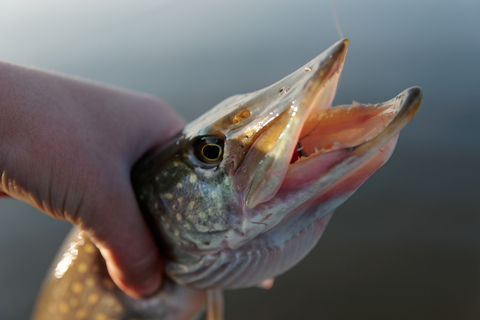
-
Nymph
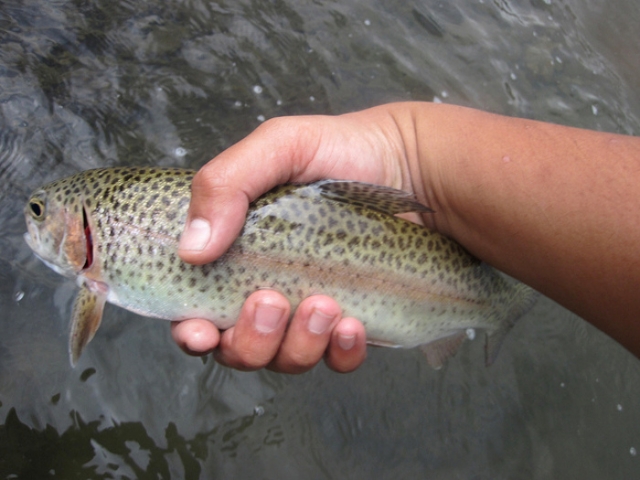
-
Oarfish

-
Obama Fishing

-
Panfish
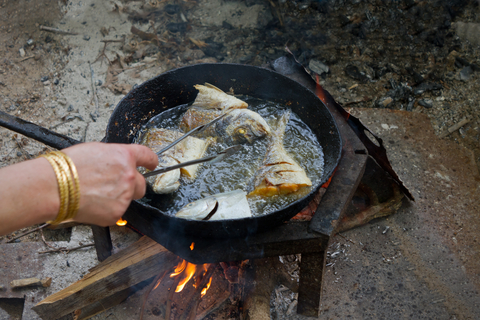
-
Pelican

-
Fishing Files
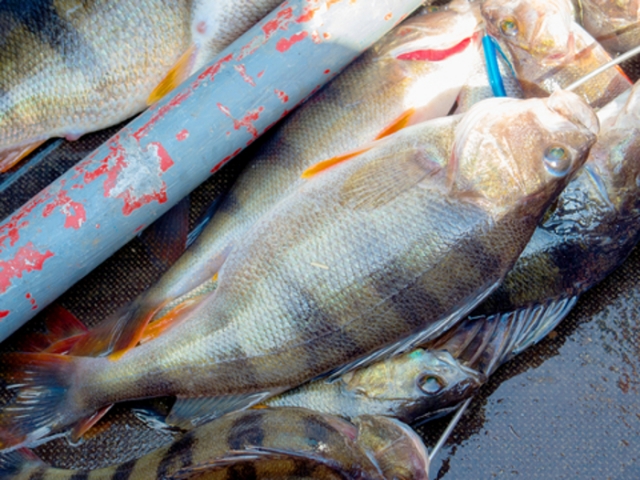
-
Fishing Files
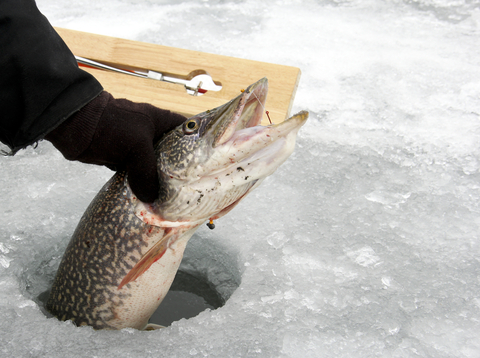
-
Fishing Files
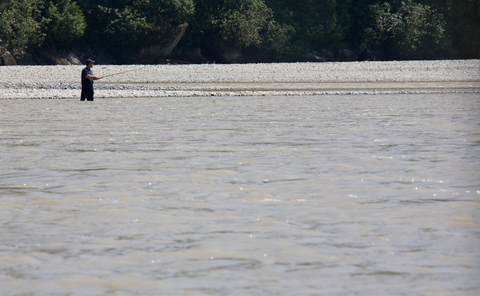
-
Fishing Files

-
Fishing Files
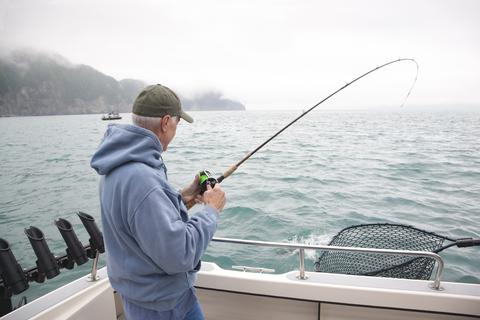
-
Fishing Files
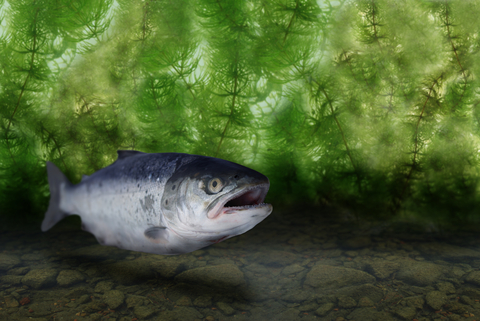
-
Fishing Files
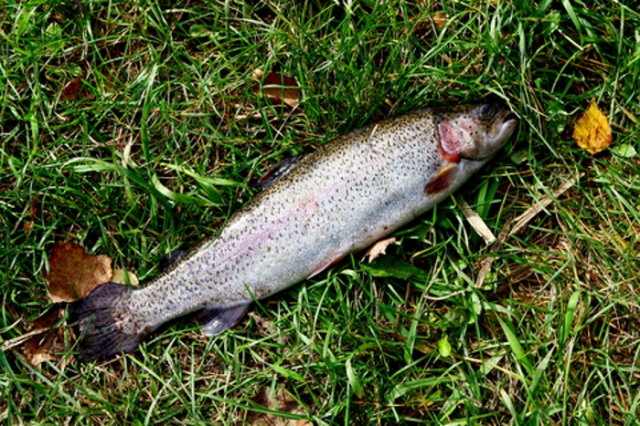
-
Fishing Files
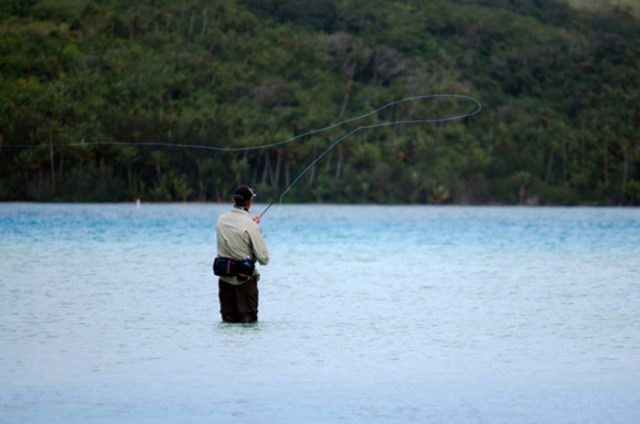
-
Fishing Files

-
Snakehead
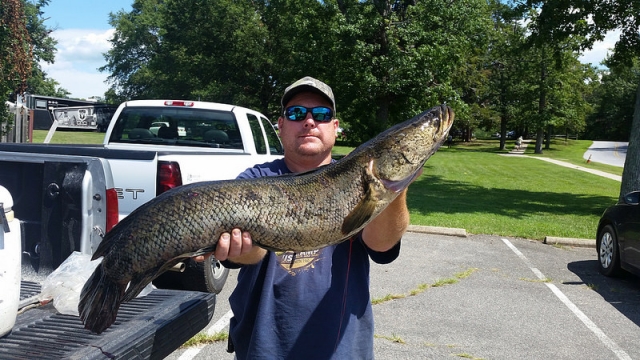
-
Spinner Shark

-
Spotted Bass
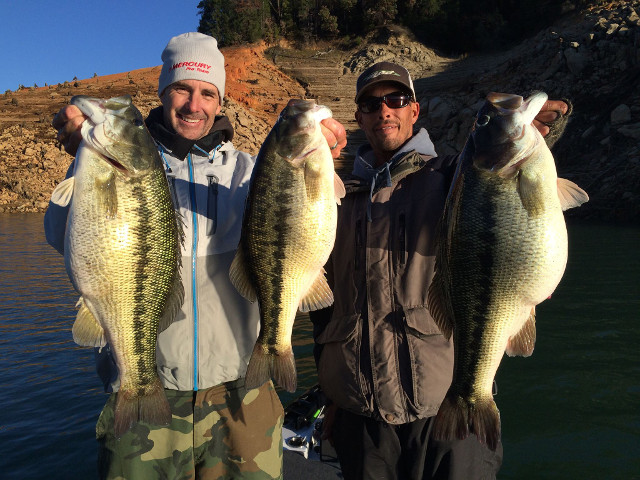
-
Striped Bass
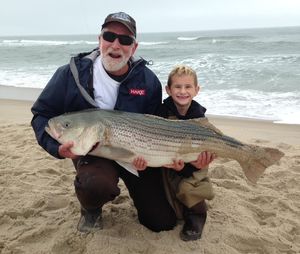
-
Sturgeon

-
Fishing Files

-
Trout Fishing
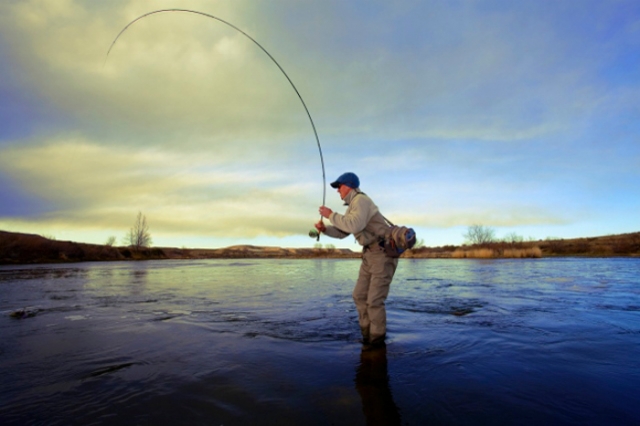
-
Fishing Files

-
Fishing Files
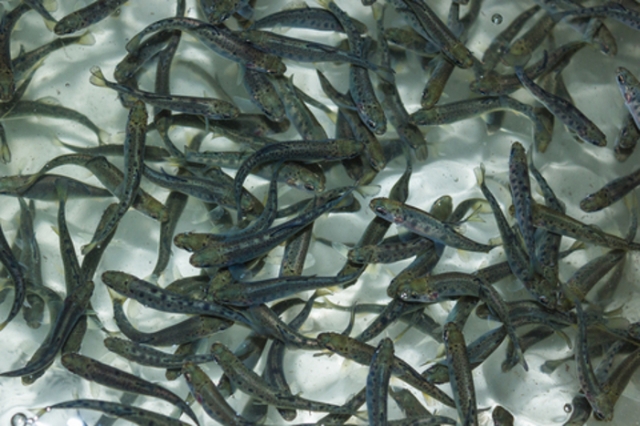
-
Fishing Files

-
Fishing Files

-
Northern Pike

-
School of Karanteen
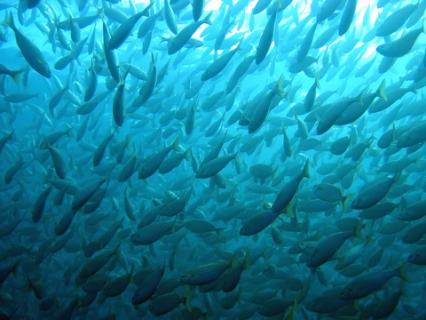
-
Walleye
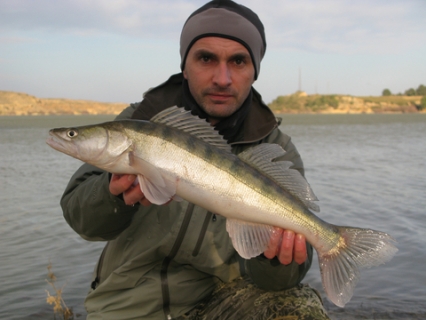
-
Goliath Grouper

-
Barracuda
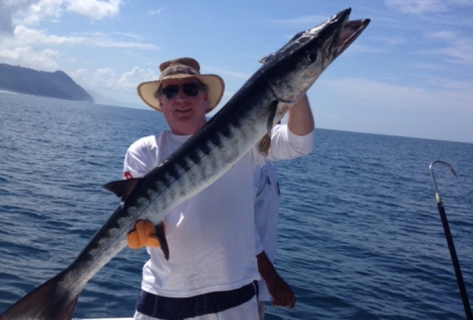
-
European Chub
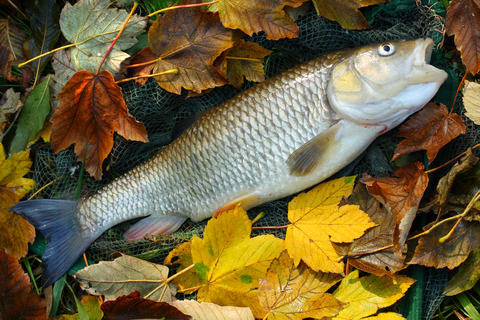
-
Drum Fish
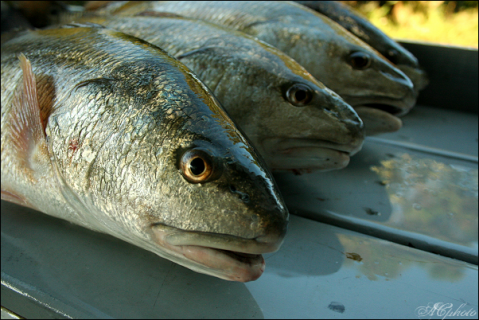
-
Grouper
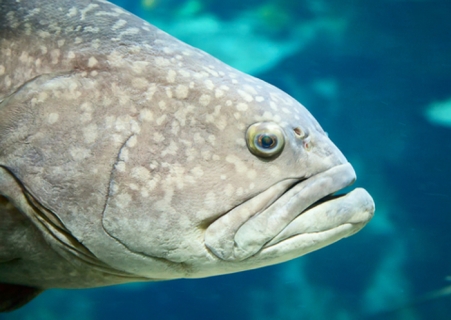
-
Blue Catfish

-
Catfish
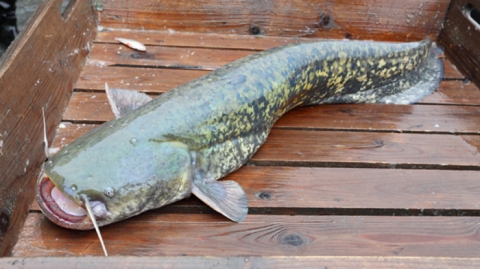
-
Star Puffer Fish
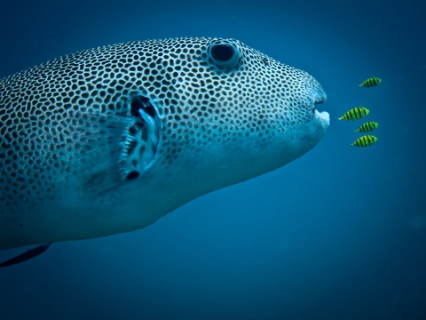
-
Napoleon Fish
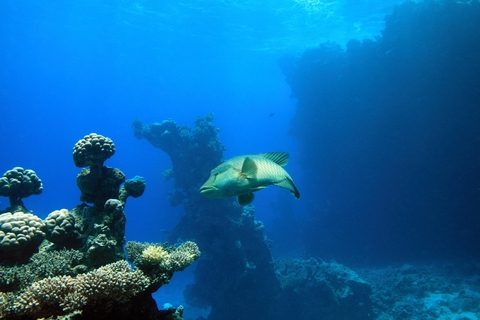
-
Smoked Trout
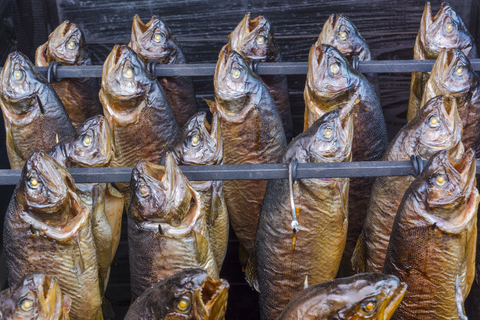
-
Perch
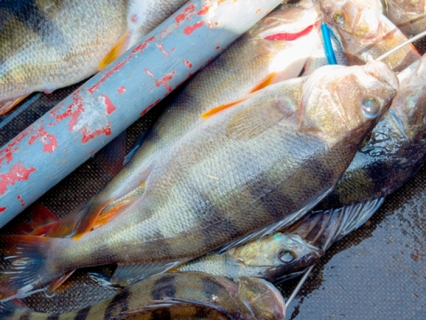
-
Smallmouth Bass
